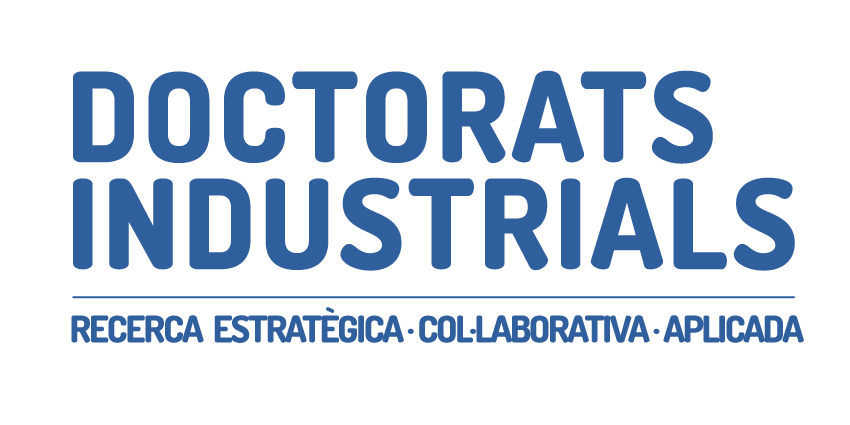Descripció del projecte
Assisted reproduction technology (ART) defines a series of manipulations of human gametes and embryos outside of the body performed in order to
achieve a pregnancy in infertile or subfertile individuals. Approximately 300.000 ART treatments are performed each year in Europe alone, 50.000 of
which in Spain alone, with a significant personal, financial, and societal burden. On average, during in vitro fertilization techniques, 25 to 40% of
oocytes which come in contact with sperm do not fertilize. Approximately 10% of ART cycles will have a fertilization rate lower than 25%, impacting
very significantly success rates and efficiency of this medical process.
In the majority of these cases, the non-fertilized oocytes can be rescued by artificial oocyte activation, indicating that the failure to fertilize is related
to failure of activate the biochemical cascade in the oocyte which leads to meiosis resumption and the execution of the developmental program in the
embryo. This remains true even after the sperm is physically injected into the oocyte, indicating that fertilization failures could be due to either the
sperm inability to induce intracellular calcium release and resumption of second meiosis in the oocyte, or to the inability of the oocyte to respond to
the sperm borne activation factor.
Little is known about the specific set of genes and/or proteins involved in oocyte activation, and no detailed information is available about the specific
intracellular biochemical pathway that results in calcium release from the human oocyte storage sites.
The objective of this project is to define the signaling pathways involved in sperm-dependent induction of oocyte activation by analyzing gene
expression and protein functionality in fertile- and infertile-proven sperm, as well as biochemical analysis of oocytes collected under different
conditions.
The main objective will be divided into the following sub-objectives:
1) Analyze Ca+ metabolism in oocytes under different treatments (cryopreservation, ovarian stimulation) and condition (maternal age, ovarian
reserve) by means of molecular biology techniques.
2) Identify new candidates of sperm borne oocyte activation factors by means of proteomic approaches, and their different expression in patients with
proven fertility or fertilization failures.



